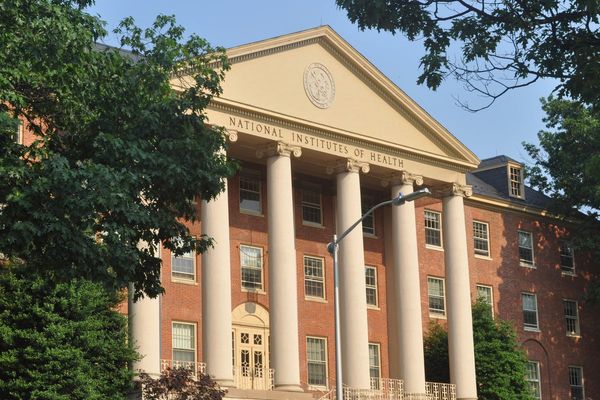
Researchers in the Department of Plant and Microbial Biology (PMB) at the University of California – Berkeley, have uncovered the intricate molecular love letters that precede reproduction in flowering plants.
The findings published in the latest issue of the journal Nature, document a previously unknown molecular process that serves as a method of communication during fertilization.
Flowers reproduce sexually through pollination, a process that involves the transfer of pollen from a flower's stamen (the male fertilizing organ) to the stigma on the pistil (the female reproductive organ). Once the pollen grain lodges on the stigma, a pollen tube grows from the pollen grain to an ovule to facilitate the transfer of sperm to the egg.
Researchers have previously recorded the presence of calcium waves preceding the fertilization process and noted that "they knew the calcium signal is important but didn't know exactly how it is produced."
To analyze how the calcium wave was produced by the female cell, Sheng Luan, chair of the PMB department, and his co-authors introduced a biosensor to report calcium levels in the specific cell to look for signals from the male parts that trigger calcium waves.
They found that pollen tubes emit several small peptides—short chains of amino acids—that can be recognized by peptide receptors on the surface of the female cell. Once activated, these receptors recruit a calcium channel to produce a calcium wave that guides the pollen tube to the ovule and initiates fertilization.
"You could compare this to a delivery service. We know the small peptide molecule serves as a signal to the female part of the flower, almost like a knock on the door letting it know the pollen tube is here, " Luan explained.
The calcium waves ultimately cause the pollen tube to rupture and release the immobile sperm once it is inside the ovule, ensuring a successful fertilization process.
"In a way, they basically commit suicide to release the sperm. Sometimes the female reproductive cell also dies in order to expose the egg so they can meet and produce new life. It's kind of a romantic journey for plant reproduction, " Luan said.







